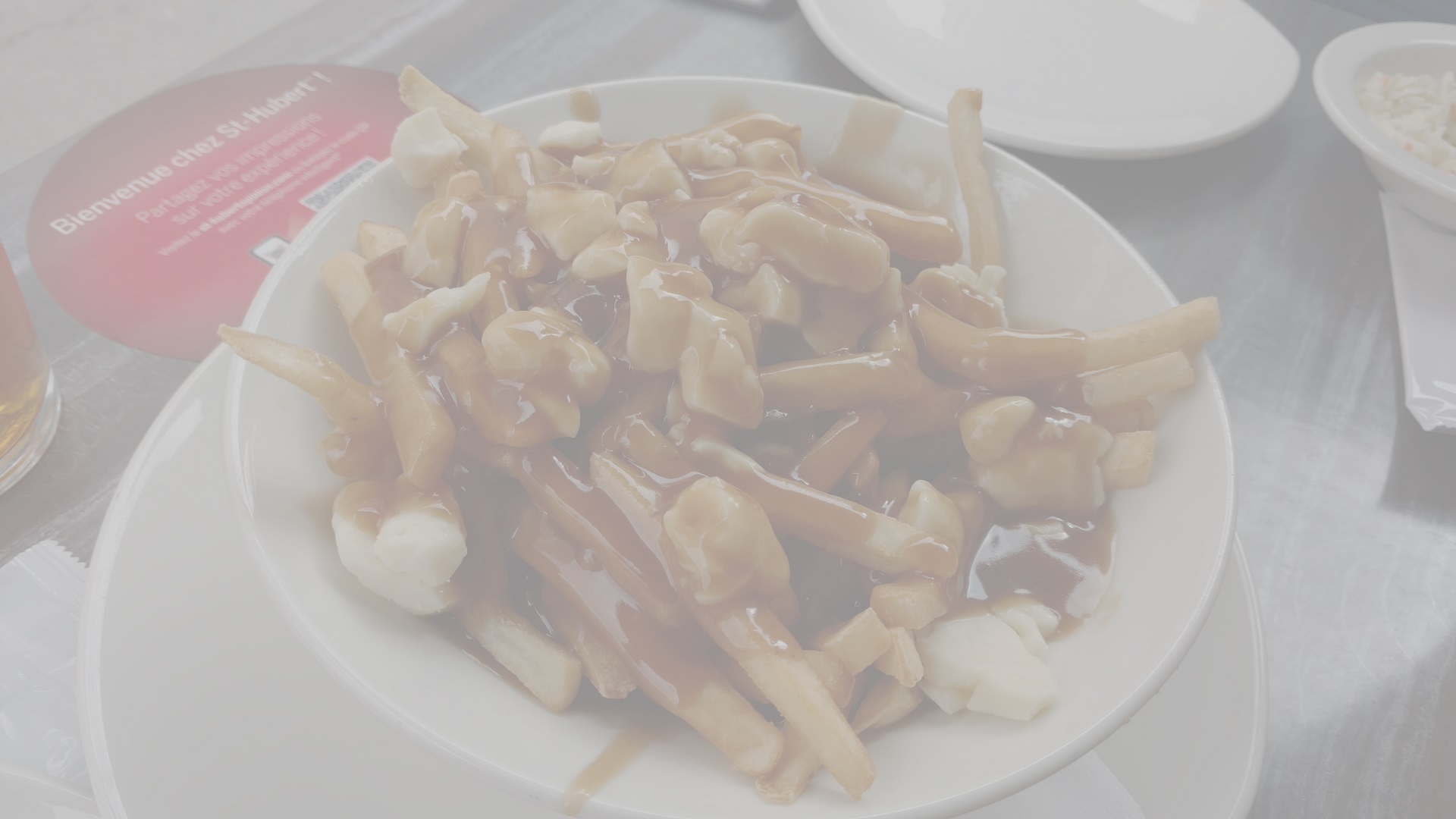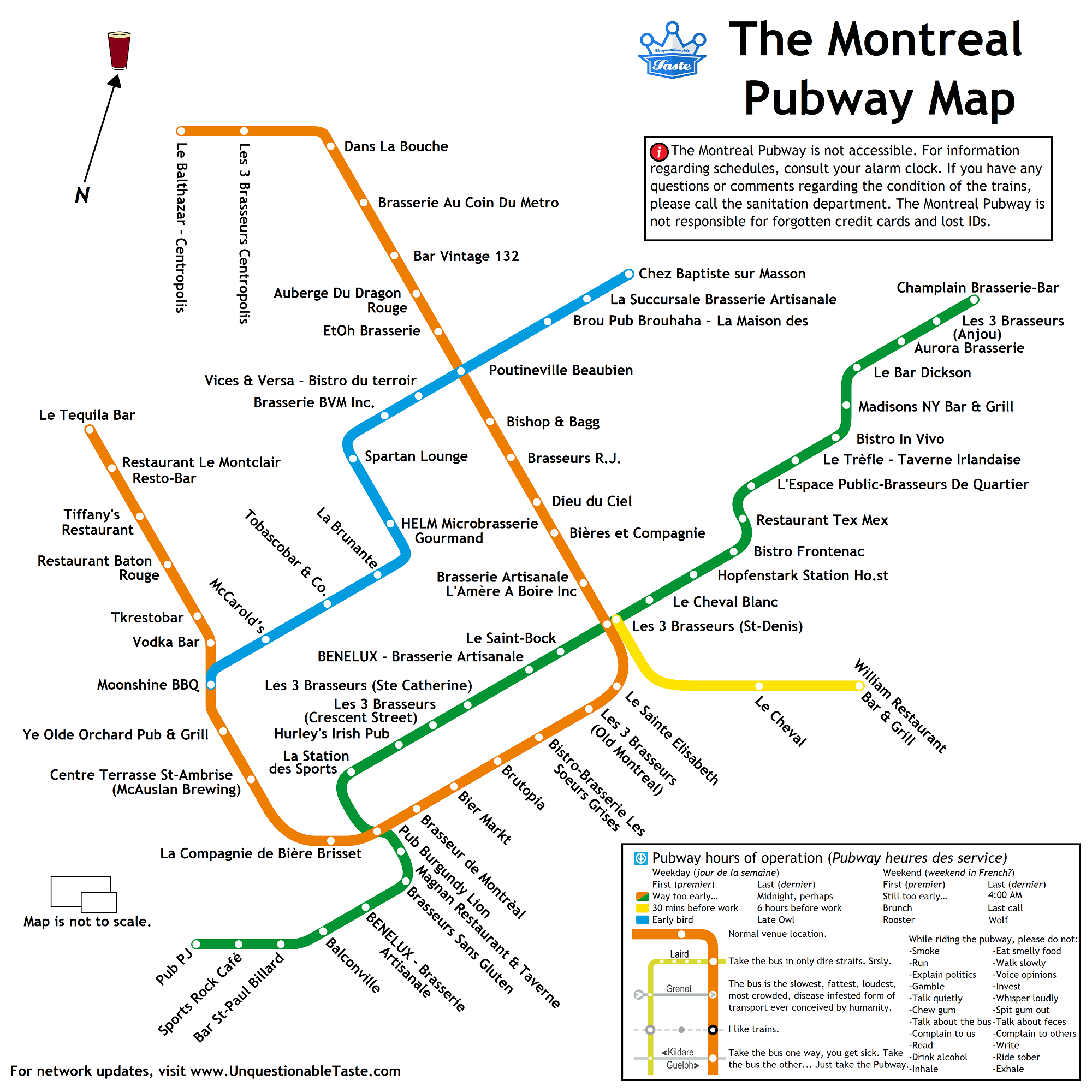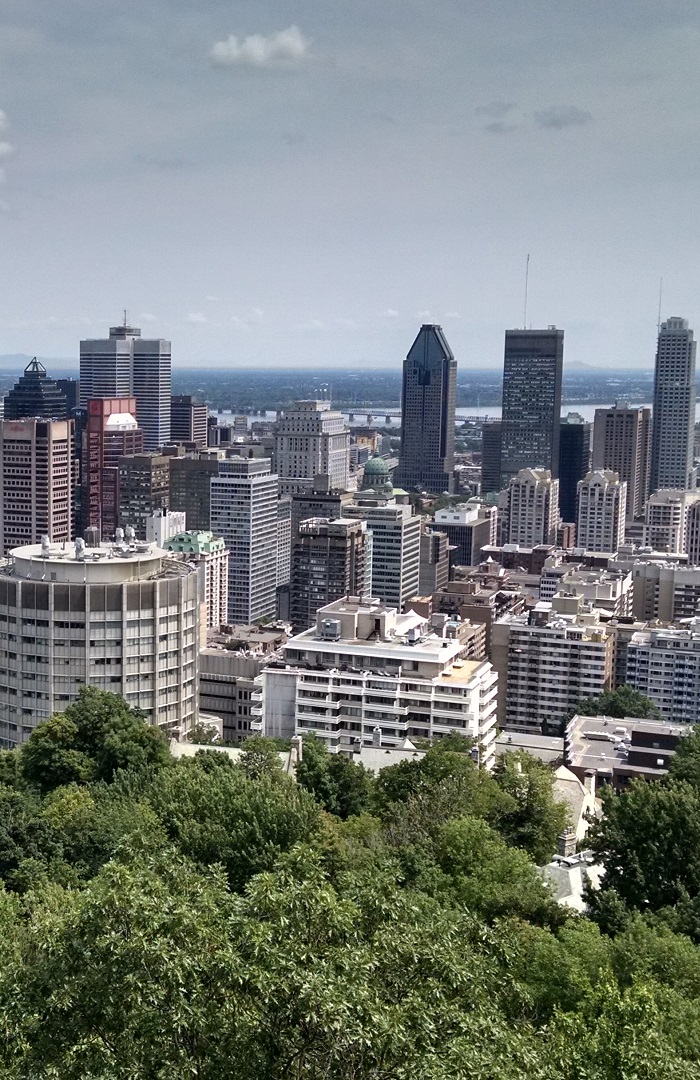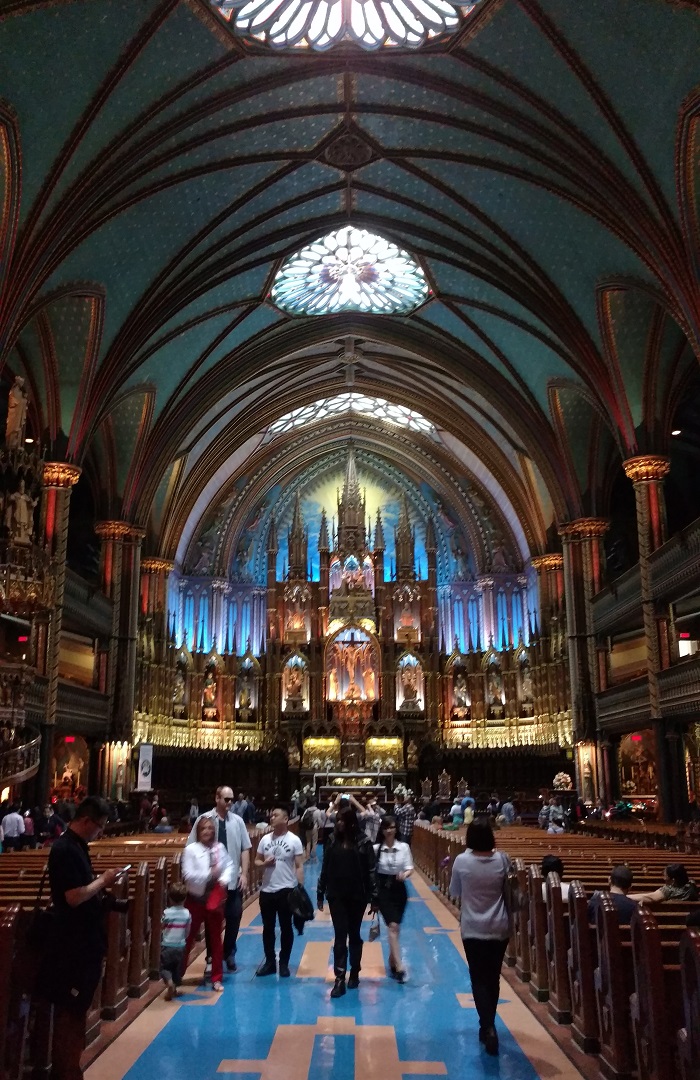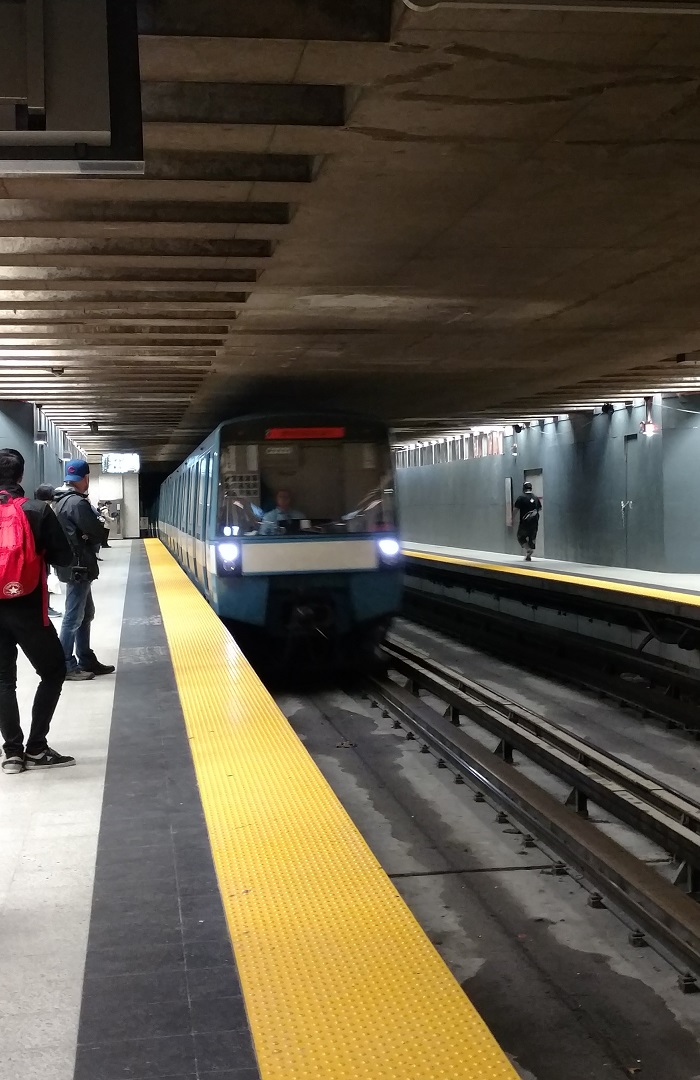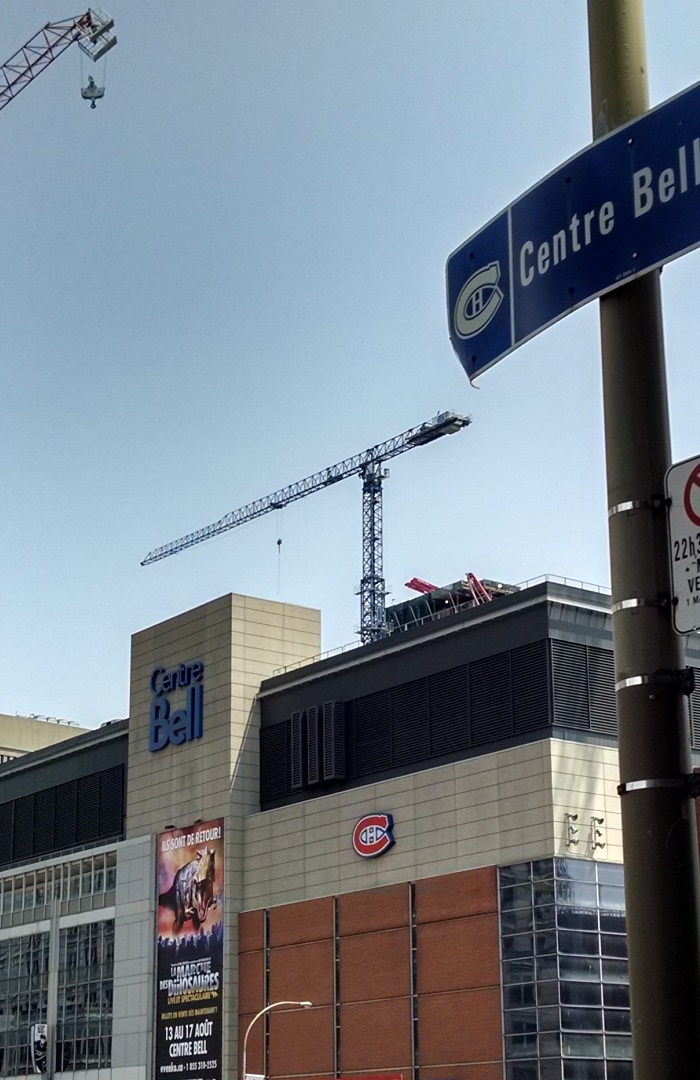The development of the St. Lawrence Seaway, which opened in 1959 and bypassed Montreal’s waterways, forced the city to focus on other areas of business including pharmaceuticals, finance, and aerospace. The City hosted the 1967 World’s Fair (Expo 67), which helped incite development including new highways, the construction of Canada’s then tallest skyscrapers, and the Montreal Metro system. The 80s and 90s brought slow economic growth relative to other Canadian cities, especially Toronto, which surpassed Montreal as Canada’s economic center in the mid 70s. Since the beginning of the 21st century, Montreal has been experiencing a cultural and economic revitalization. Today, the city is a diverse, vibrant metropolis which appreciates the arts as much as a good beer. The city is regionally famous for its many brewpubs as well as its more prolific breweries including Molson, Unibroue, based in suburb Chambly, and Brasserie Dieu Du Ciel located in the Rosemont neighborhood, also home to Montreal’s Little Italy. Montreal’s Chinatown, like New York City’s, is close by in an adjacent neighborhood, Quartier Latin. The city is still an economic center, with companies like Canadian National (Canada’s largest railway), Bombardier, Bell Canada, The Royal Bank of Canada, Air Canada, and many others all headquartered in the city. The city is also considered to be “Canada’s Cultural Capital,” with a prominent movie industry, a plethora of festivals celebrating music and art, and celebrated groups like Cirque du Soleil and the Montreal Symphony Orchestra. Montreal is also home to a fairly large LGBT community. Aside from the city’s prominent skyscrapers, Montreal’s most famous architecture comes in the form of its many prominent churches. Nicknamed “la ville aux cent clochers” (the city of a hundred steeples) Mark Twain once noted that in Montreal, “you couldn’t throw a brick without breaking a church window.”



